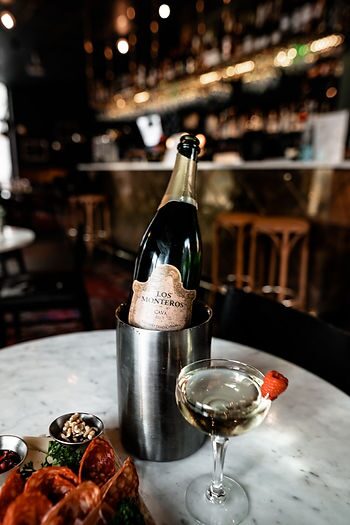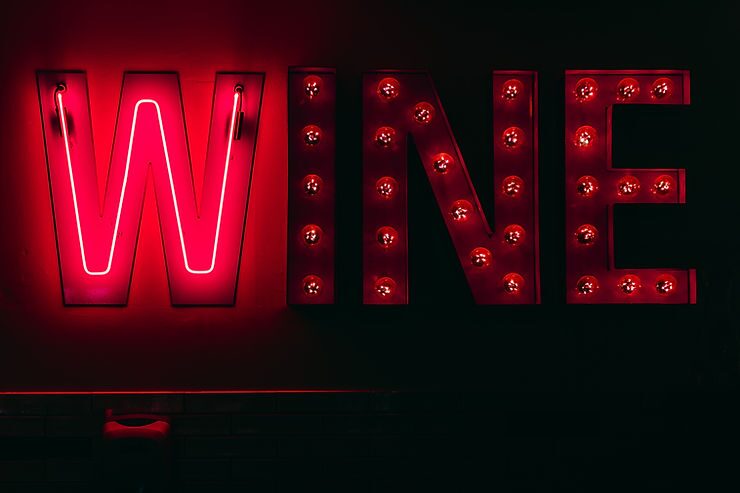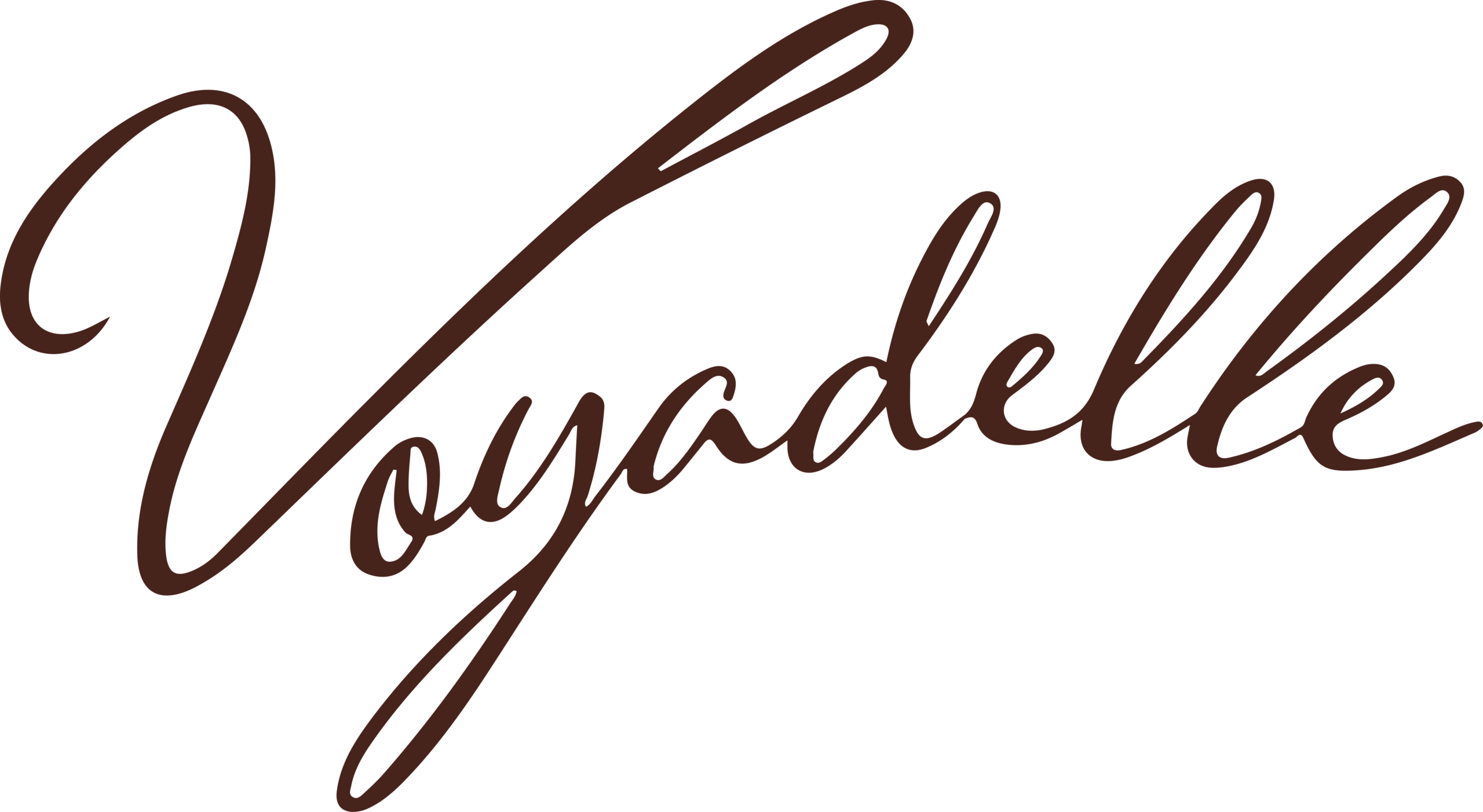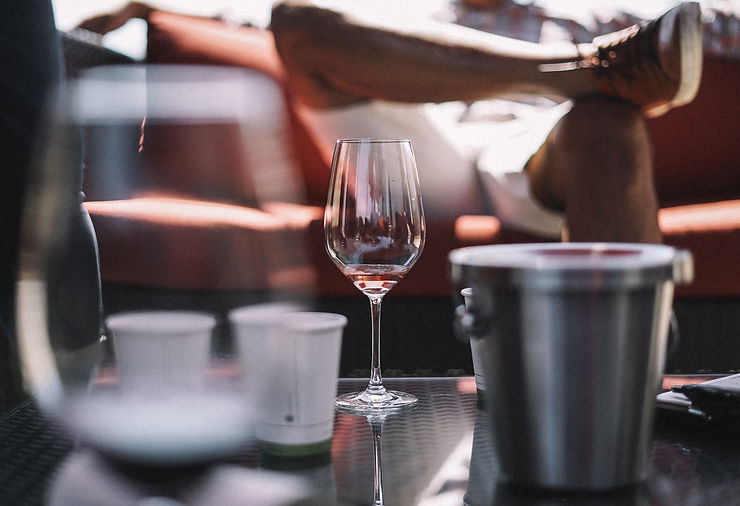
When you go out to eat or when you enter a wine cellar, it is important to know how to order a good bottle of wine. You don’t have to be an expert to impress. A general rule is that if the wine doesn’t travel you, it doesn’t achieve its role. The following list is a good introduction to the magical world of wine.
We choose wine according to our mood, the occasion and our preferences
Do you prefer fruity wines, dry ones or those with balanced acidity? Light or full-bodied? If there is specialized staff at the restaurant, things are simple. Ask them to recommend an interesting bottle in the price range you want and discover a new wine that will please your palate. If you have to choose for yourself, check the table below depending on what you will order for dinner. Also remember that we never label a wine as “good or bad”, but rather “I like it/I don’t like it”.

White, rosé or red?
The basic rule is that whites go with fish, chicken and vegetables and reds with meat dishes. The chameleon of wine is rosé. However, there are exceptions, as mullets and blackberries call for red wine. The food will determine whether we order white, rosé or red.
SELECTION GUIDE
Appetizers: Savvatiano/Roditis
Seafood: Assyrtiko/Robola
Fish: Monemvasia/Asyrtiko
Chicken: Malagouzia
Ladera: Rosé
Pasta: Chardonnay
Souvlaki: Cabernet Sauvignon
Veal fillet: Cambernet Sauvignon/Xinomavro
Chicken: Xinomavro
Sushi: Athiri/Tempranillo
Asian cuisine: Malagouzia
Indian cuisine: Moschofilero/Merlot
Show me your wine… and I’ll tell you who you are!
The French say that you drink wine with your mouth as well as your eyes, which is why we never hide the label. We also always check the cork, in case it is broken and “bouchon” as the French say or “corked” by English speakers, as it is extremely common and affects 3-10% of wines. Of course, we do not drink this wine. If you are in a restaurant, ask them to replace it. If you bought it from a store, return the bottle full, as they are obliged to replace it.

Do as the English aristocrats
The question, “Would you like some more wine?” in the secular salons of the English aristocracy, has one answer: “No, but perhaps you would like it?” It is the key question, which sends the signal that in reality, all you are interested in is to see your own glass filled, since it is not at all chic to serve yourself. As for the serving method: The amount we serve for red wine should reach just below the widest point of the glass, because you need space to swirl the wine and bring out its aromas. For white and rosé, we serve just above the widest point of the glass, so that it does not warm up until we consume it.

Champagne or otherwise happy bubbles
Champagne is associated with joy. Even if you have nothing to celebrate, a bottle of champagne, by itself, scatters bubbles of excitement and well-being. Not all sparkling wines are champagne. Only sparkling wine produced in Champagne, France, is called champagne. Good champagne is judged by the “necklace” that its bubbles form when one touches the other. Champagne is served in flute-shaped glasses.
The glass that tears
The most “serious” wines are dry because they have no sugar. The goal of fermentation is for all the sugars to be converted into alcohol. The “tears” that the wines form in the glass are a sign of oiliness and good quality alcohol.
The vocabulary of tasting
Your ability to characterize the wine you drink is a sign of knowledge and experience. The more wines you taste, the easier it will become. The basic characteristics of wine are sweetness, acidity, tannins, alcohol, nose and body. By understanding them, you learn how to taste wine and determine what you like in a wine.
Aroma vocabulary (nose):
Delicate, gentle, fruity, floral, aromatic
Racey, with a distinct personality, shows authenticity
Elegant with distinction between similar aromas
Strict with aromas that are subtle but unpleasant
Closed, with a shy aroma that will manifest itself later
Coarse with herbal aromas, without delicacy
Taste vocabulary (body):
Balanced, tender, round, full, velvety
Light, weak, spoiled, unbalanced
Rigid, aggressive, hard, strict, rough, nervous
Aftertaste: the aromatic duration, sweetness, astringency
Sulfur: Sulfur can give wine unnatural aromas and flavors, although it has remained the best since ancient times and irreplaceable preservative of wine
Aroma in wines is found in 9 categories
Floral: wildflowers, rose, jasmine, sanctum, saffron
, lemon blossom
Fruit: strawberry, cherry, pineapple, blackberry, peach, pear, pomegranate
Nut and fruit aromas: hazelnut, dried fig, roasted almond, walnut
Caramel, cocoa, coffee, tea: found in very expensive aging wines and after 20 years
Spice: vanilla, bay, thyme, cinnamon, pepper
Animal leather aromas
Food: honey, beer, cheese, cognac, chocolate, baked bread, truffle
Balsamic: pine/retsina aroma
Dry grasses and foliage: fern, tobacco, cedar, grass, mint
What are tannins?
Tannins are the substances contained in the skin and seeds of grapes. They are responsible for the astringent taste of wines but also for their richness. Tannins are a key component of the “skeleton” of a wine and offer strength and aging potential. Over time and aging, they soften and lose their aggressive astringency. Without being particularly pleasant to the taste (they produce bitterness and astringency), tannins play a decisive role as a natural preservative of wine and when they are of good quality, they give the wine body and personality, filling the mouth. They have a passionate relationship with the fat of meat, leading to wonderful combinations, such as lamb with xinomavro or cabernet with an almost raw rib eye. Vegetarians can enjoy a similar wine with a honeyed dish with a rich red sauce and vegetables such as eggplant.
Wines with Designation of Origin vs. Table Wine
It’s up to you, but PDO wines with “Designation of Origin” have a qualitative character that is due to the grape, the region where it is grown and the way the wine is vinified or aged. On the other hand, table wine is characterized when it comes from areas whose climate, soil and varieties have not been deemed suitable for the production of wines with Designation of Origin. This is also how wines are characterized, in which different varieties are mixed, different years or have been bottled in a region other than their production area.

The bill… in calories
Enjoying a wine is not free of calories. Expect a glass (150 ml) of red or white wine to have around 100-150 calories. The higher the sugar or alcohol content, such as in sweet dessert wine or sparkling and red wines, expect an average of 150-200 calories per glass.

